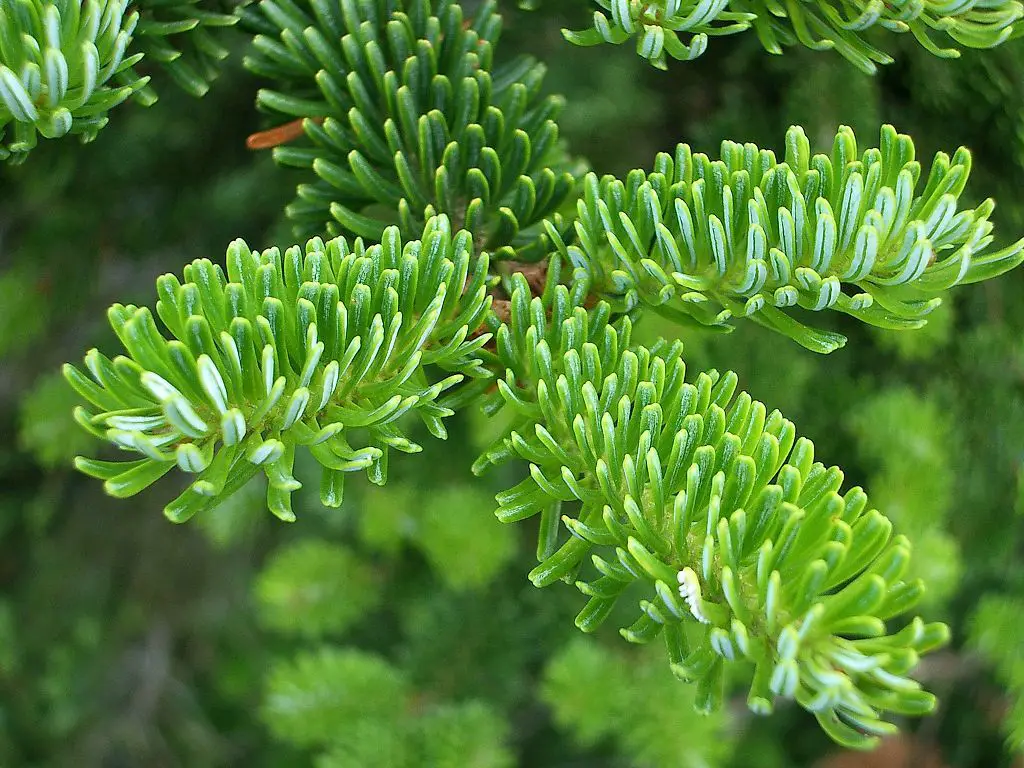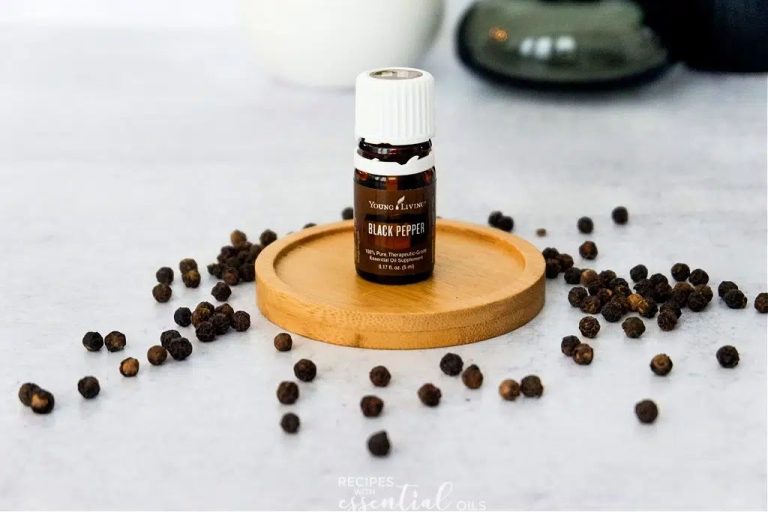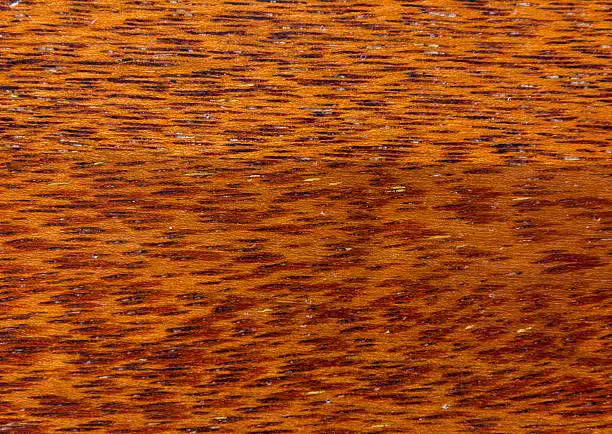What Are The Notes Of Frasier Fir Fragrance?
Frasier firs are a popular Christmas tree known for their rich green color, sturdy branches, and delicious pine scent. Native to the Appalachian Mountains of North Carolina, Frasier firs emit a robust, complex fragrance that sets them apart from other evergreens.
The fragrance of Frasier firs contains top, heart, and base notes that develop and change as the scent diffuses. The initial top notes provide bright, lively citrus and woody accents. These transition into earthier heart notes of pine, cedar, and evergreen balsam. Finally, the deeper base notes lend nuances of amber, musk, and smoke for a warm, woodsy aroma.
This unique blend of notes creates an evocative, nostalgic scent that is widely used in holiday candles, room sprays, perfumes, and air fresheners. This article will examine the specific fragrance notes present in Frasier firs and why this aroma is so prized for the Christmas season.
Top Notes
The top notes of Frasier fir fragrance contain fresh, green citrus and pine scents. According to CandleScience, the fragrance oil has “mild citrus top notes” (https://www.candlescience.com/fragrance/fraser-fir-fragrance-oil/). AFI-USA also describes citrus peel as one of the top notes, along with cypress (https://afi-usa.com/shop/ItemsDetails/F30054/Compare-to-aroma-FRASER-FIR-by-Candle-Science-). The Flaming Candle indicates green top notes for their Frasier Fir fragrance oil (https://www.theflamingcandle.com/soap-making-supplies/fragrance-oils-for-soap-making/all-soap-safe-fragrance-oils/frasier-fir-type-fragrance-oil/). These fresh, green, citrusy, and pine notes evoke the scent of a freshly cut Frasier fir tree.
Heart Notes
The heart notes of Frasier fir fragrance consist of balsam, honey, and resinous warm scents. Balsam lends a sweet, rich, and woodsy aroma often described as reminiscent of vanilla or benzoin. It provides a soothing, comforting effect. Honey adds a touch of sweetness with its warm, sugary aroma. The resinous notes create a rich, earthy scent redolent of pine forests. Together, these heart notes form a sweet, warm, richly textured fragrance profile evocative of the great coniferous forests of the Pacific Northwest.
According to Demeter Fragrance Library, “There’s an almost creamy and very aromatic note which evens out the sharp smell you get at first.” The heart notes balance and round out the top notes to create a more nuanced, multi-layered fragrance experience.
Base Notes
The base notes of Frasier fir fragrance consist of rich, woody scents like cedar and vanilla.[1] These warm, sweet base notes create a soothing, nostalgic quality. The cedar provides a natural, earthy woodiness, while the vanilla contributes a sweet, balsamic undertone. Together, these base notes produce a fragrance that is simultaneously fresh, sweet, and woody.
According to CandleScience, the fragrance contains “a rich base of fir, amber, and moss”[1] that evokes memories of decorating a freshly-cut Christmas tree. The vanilla and cedar base notes in particular give Frasier fir its nostalgic, comforting scent profile.
Fragrance Origins
The Fraser fir (Abies fraseri) is a native fir tree species found only in the Appalachian Mountains of North Carolina, Tennessee, and Virginia in the United States. Fraser firs developed their distinctive Christmas tree-like fragrance through evolution and as an adaptation to their high elevation mountain habitat.
As an evergreen conifer suited to cool, humid climates, Fraser firs produce resin and aromatic compounds like terpenes in their needles as a defense against insects, fungi, and other threats. These natural chemicals give the Fraser fir its refreshing and energizing citrus, pine, and woody notes that made it desirable as a Christmas tree.
Fraser firs get their uniquely Christmas-like smell from the particular blend of terpenes and aroma compounds they produce, which differs from other firs. This includes higher levels of compounds like limonene that give it more noticeable citrus notes compared to similar species like balsam fir. Over time, Fraser firs with the most pleasing fragrances were selected to propagate the Christmas tree industry.

Fragrance Strength
The strength of Frasier fir’s fragrance peaks in late fall and early winter when the trees are being harvested. According to research from North Carolina State University, cooler nighttime temperatures in the weeks before harvest trigger the trees to produce more scent compounds, resulting in a stronger fragrance (source). The environment of the tree farm and weather conditions leading up to harvest play a big role.
Once the tree is harvested, the fragrance begins to fade over time. Keeping the tree in a cool location and well-watered can help maintain its scent. Using decorations like pinecones and cinnamon sticks near the tree may also enhance the natural pine notes. Some people spray a small amount of pine-scented freshener on the branches to boost the aroma.
Fragrance Extraction
Frasier fir essential oil is extracted through a process called steam distillation. The needles and twigs of the Frasier fir tree are placed in a still, and steam is passed through the plant material. The heat from the steam causes the fragrant compounds in the fir to evaporate. These evaporated compounds are then carried along with the steam into a condenser, where they liquify back into essential oil.
The resulting Frasier fir essential oil has a variety of applications. It is commonly used in aromatherapy diffusers, where a few drops are added to water and diffused into the air. The oil is also popular in candles, room sprays, perfumes, and other fragrance products. Its crisp, forest-like aroma makes it a favorite for holiday scented products. Additionally, some use Frasier fir oil topically for its purported relaxing and soothing properties.
Overall, steam distillation allows for the unique scent profile of Frasier fir to be extracted and utilized in a variety of fragranced products and aromatherapy applications. The process concentrates the volatile aroma compounds found naturally in the fir needles into a potent essential oil.
Industry Usage
Fraser fir is a popular fragrance used in a variety of household and personal care products:
Potpourri – The crisp, piney scent of fraser fir is commonly used in potpourri blends during the winter months. The fragrance evokes the fresh aroma of a Christmas tree or winter forest.
Candles – Fraser fir is a quintessential fragrance for winter and holiday candles. When used in soy, paraffin, or vegetable wax candles, the scent gives off notes of balsam fir and pine forests. Many candle companies release seasonal fraser fir scented candles in winter.
Air Fresheners – The clean, refreshing scent of fraser fir makes it ideal for air fresheners. Plug-in diffusers, reed diffusers, and spray air fresheners frequently use fraser fir fragrance oils to scent the air.
Aromatherapy Benefits – In aromatherapy, fraser fir oil is valued for its ability to elevate mood, reduce stress, and boost vitality. The evergreen aroma is clarifying and energizing. Diffusing fraser fir essential oil can create an invigorating ambiance.
Scent Variations
Frasier fir fragrance profiles can differ between individual trees and batches from year to year. Factors like age, soil conditions, weather, and time of harvest affect the chemical composition and aromatic qualities of needles.
Older trees tend to produce more robust and complex scents. Mature trees have had time to develop concentrated oils in needle tissues. Needles harvested from younger trees may have fresher, greener aromas.
Growing conditions like sunlight exposure, soil nutrients, and rainfall impact essential oil production. Trees growing at high altitudes in northern climates often produce stronger scents. These environmental variations cause notable differences in scent between regions and years.
Timing of harvest also alters fragrance. Frasier fir aromas are most intense during colder months after the first frost. Needles harvested in fall or early winter have the fullest scent profiles. Late winter harvests yield milder scents once oils start dissipating from dried needles.
Due to all these variables, there is natural variation in Frasier fir oil quality and scent characteristics. Consumers may notice differences between products or batches, depending on the source trees.
Conclusion
In summary, the fragrance of Frasier fir has a complex profile with fresh, crisp top notes like citrus and pine needles, warm heart notes like balsam and wood, and deep base notes of amber and vanilla. The unique scent comes from steam distillation of the fir needles and resin. While primarily used in fragrances and soaps, the piney aroma also lends itself well to potpourri, candles, and essential oils.
Understanding the notes within the Frasier fir fragrance helps appreciate the intricacies of this beloved Christmas tree smell. The balanced blend of scents evokes the outdoors, holidays, and nostalgia. For many, Frasier fir fragrance is an integral part of holiday traditions. Unpacking the layers of smells allows us to understand why this aroma is so meaningful and important this time of year.





